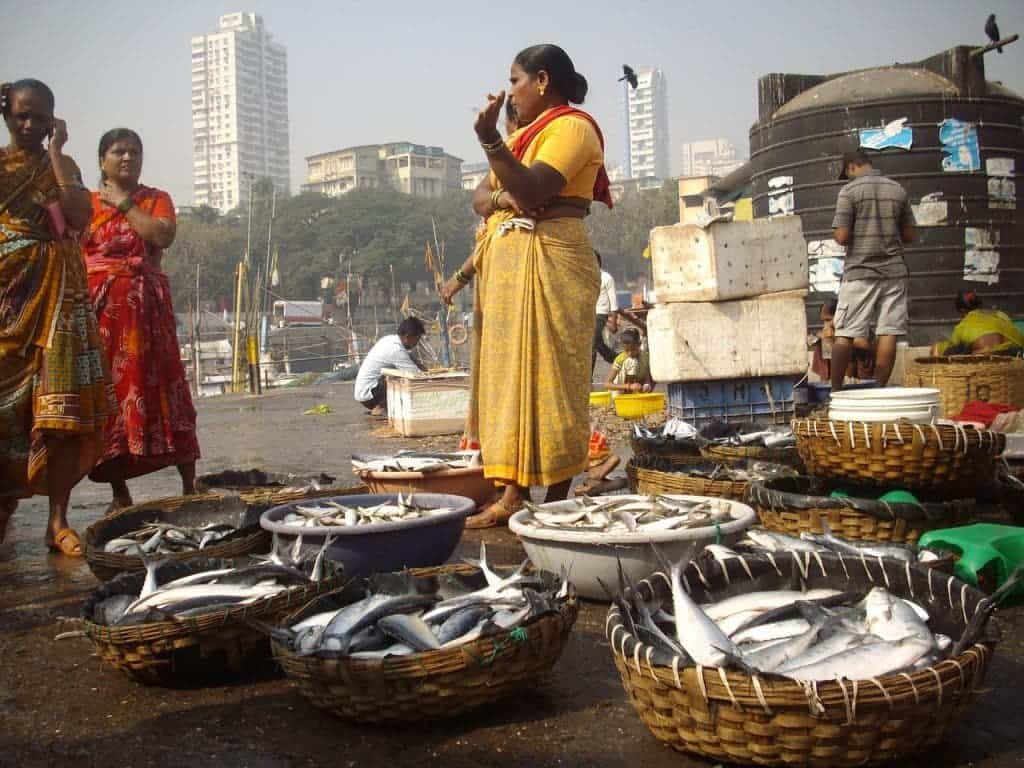The oceans are running out of fish. One third of fisheries have collapsed, meaning populations can not recover. Another third is being overfished, while only 29 percent of fish is currently caught sustainably. Forecasts suggest the situation is getting only worse. Given population increase, demand will jump so fisheries will become stressed further with no solution in sight. In reality, fisheries aren’t stressed by demand, but largely by perverse market incentives. A new research modeled thousands of fisheries from around the world and found that a straightforward economic reform will not only help fisheries recover in only ten years, but double production by 2050.

Amanda Leland, senior vice president for oceans at the Environmental Defense Fund, along with colleagues wanted to see what would happen if the most successful fishery recovery story was replicated worldwide. Fifteen years ago, the West Coast fishery for groundfish, which includes rockfish and sole, hit a rock bottom low. That’s when the Environmental Defense Fund (EDF) decided to change the business model. Instead of limiting how much fish the industry is allowed to catch in an area, the norm set by most governments around the world, the regulators imposed strict individual quotas that each fisherman can catch throughout the year.
Though it seems a subtle change, it made all the difference. Before this regulation was put in place, fishermen competed with each other for a limit common stock. Many would sail as early as possible, set their biggest fishing nets and try to catch as much as possible. Eventually, the market becomes flooded with fish — much more than the market demands. Prices are very low which means fishermen have to catch even more to make up in volume, and moreover a lot of fish goes to waste because it gets spoiled. Today, the West Coast groundfish can be caught sustainably and provide enough food to feed 17 million Americans for an entire year.
The “catch share” program from the West Coast was modeled for 4,713 fisheries across the world, the equivalent of 73% of the world’s entire catch. The first analysis confirmed what other studies previously reported: most fisheries are in a deprecated state due to overfishing, while only a third of all these fisheries are actually sustainable. Three scenarios were considered: business as usual; one where all fishermen are allowed to catch under a limit; one where each individual fishermen or crew is allowed to catch a specific percentage or fish within a certain designated area. It was only this latter scenario that made any economic sense. Projections suggest the median fishery takes only ten years to recover. Also, fishermen would experience a 204 percent surge in profits by 2050, the researchers report in PNAS.
“It would be very hard to find another global, significant environmental challenge that could be solved so quickly,” Leland told the Huff Post.
Under this reform 16 million more metric tones of fish would be caught and $53 billion more in generated revenue are expected compared to ‘business as usual’.
“This research shows that we really can have our fish and eat them too,” says Chris Costello, the paper’s lead author and a professor of environmental and resource economics at UCSB. “We no longer need to see ocean fisheries as a series of trade-offs. In fact, we show that we can have more fish in the water, more food on the plate, and more prosperous fishing communities—and it can happen relatively quickly.”
The findings are revealing. The West Coast success story is truly inspirational, and now we have evidence that this was not a fluke — it can be modeled all over the world. The ball is in the policymakers’ court now.


